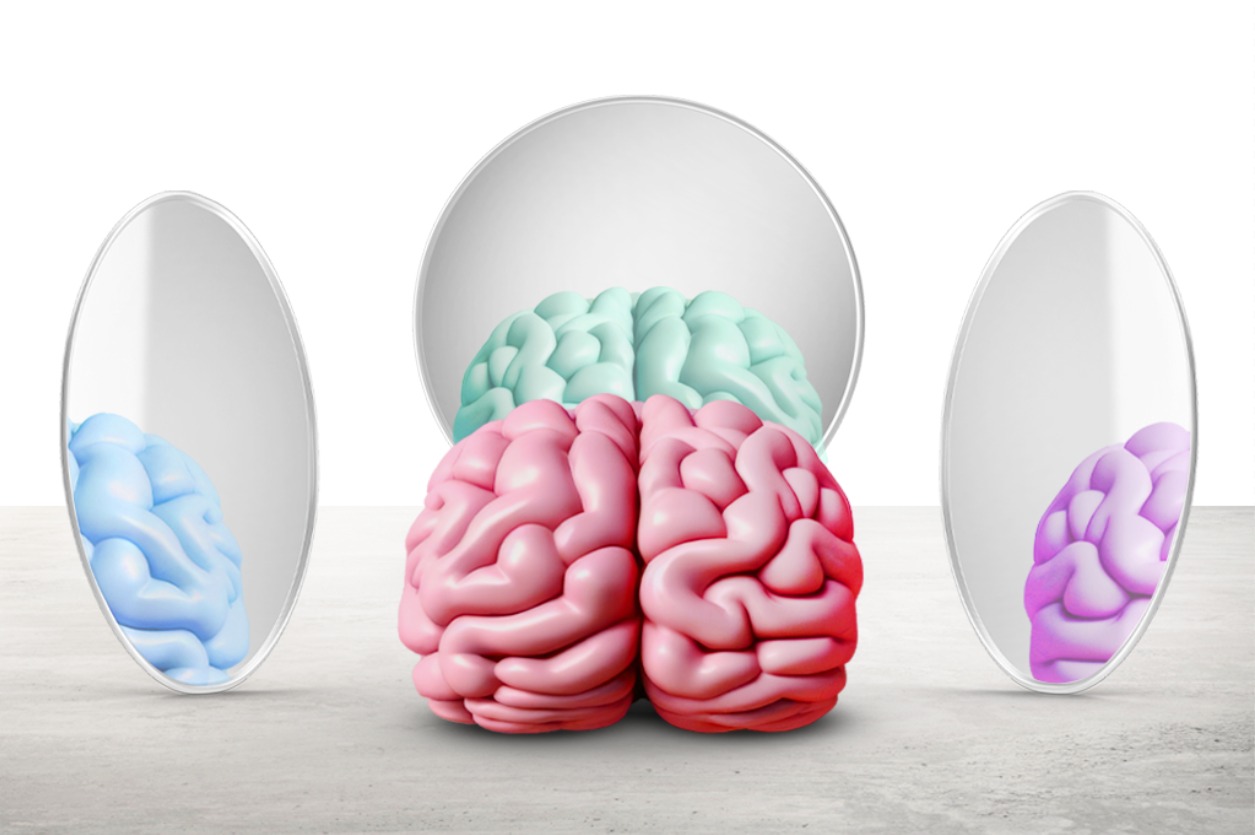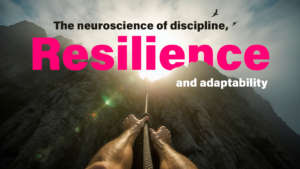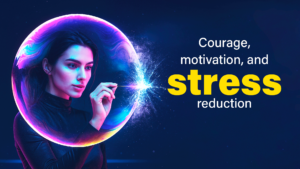
Have you ever heard that some people are “musically smart” while others are “mathematically smart”? Although it sounds interesting, this idea that there are different types of intelligences independent of each other is more of a myth than a reality. And this myth, proposed by Howard Gardner in 1983, has led many to label students in ways that can limit their potential.
The solution to this problem is to understand that intelligence is not a set of separate skills, but a combination of cognitive abilities that work together. Modern research in neuroscience shows us that the brain does not function in isolated compartments. Instead, different skills such as music and mathematics are interconnected and rely on collaborating neural networks (Sierra-Fitzgerald, 2001).
So where does this myth come from? Howard Gardner suggested that there are multiple intelligences, such as linguistic, logical-mathematical, spatial, musical, bodily-kinesthetic, interpersonal, intrapersonal, and naturalistic (Gardner, 1983). This theory gained popularity in schools, where teachers began to classify students into these categories. But neuroscience tells us otherwise. Recent studies indicate that these intelligences are not as independent as we think. Rather, they are interrelated and depend on the interaction of various cognitive abilities (Almeida et al., 2011).
For example, playing a musical instrument not only uses musical intelligence, but also motor coordination, memory, and spatial and mathematical skills (Sierra-Fitzgerald, 2001). In addition, Robert J. Sternberg’s theory of successful intelligence proposes that intelligence goes beyond traditional academic skills. According to this theory, successful intelligence is the ability to achieve success in life, taking advantage of personal strengths and compensating for weaknesses (Sternberg, 2005).
And how does this relate to daily life? Well, studies have found that regular physical activity and a healthy diet can improve various areas of intelligence (Ubago-Jiménez, 2021). So it’s not just about studying math or reading books, but a holistic approach that includes taking care of our body and mind.
It is also important to mention how learning styles can be integrated with the idea of multiple intelligences. Research by Neo Tse Kian and Sahar Sabbaghan shows that learning styles can correlate with multiple intelligences, but this does not mean that they are independent (Neo, Sabbaghan, 2012). Rather than seeing intelligences as separate entities, we should consider them as different aspects of a dynamic learning process.
The strongest criticism of Gardner’s theory is the lack of evidence to support the independence of the multiple intelligences proposed. Studies have shown that the supposed multiple intelligences are not completely independent and that there are common factors that interrelate them (Almeida et al., 2011). Additionally, assuming that a person only learns through one type of learning leads to an erroneous classification and segregation that generates waste of resources and time in learning processes (Willingham et al., 2015). This highlights the presence of generalized myths based on cognitive biases where erroneous information can last over time and in the common imagination because it is more akin to the reality that is desired to be seen (Newton, 2015).
In summary, although the theory of multiple intelligences has been useful in recognizing the diversity of abilities and talents, it is time to reconsider this view. Modern neuroscience invites us to take a more integrated and flexible approach. By understanding that intelligence is a combination of diverse interacting skills, we can improve our educational practices and provide students with the tools they need to realize their full potential.
References
- Almeida LS, et al. Structural invariance of multiple intelligences, based on the level of execution. Psicothema. 2011; 23(4):832-838.
https://www.redalyc.org/pdf/727/72722232046.pdf
- Gardner H. Structures of the mind. The theory of multiple intelligences. Mexico: Fondo de Cultura Económica; 1983.
- Neo TK, Sabbaghan S. The Relationship Between Gardner’s Multiple Intelligence and Kolb’s Learning Style. International Journal of Knowledge and Systems Science. 2012; 3(3):52-59.
- Newton P. M. (2015). The Learning Styles Myth is Thriving in Higher Education. Frontiers in psychology, 6, 1908.
https://doi.org/10.3389/fpsyg.2015.01908
- Sierra-Fitzgerald O, Quevedo-Caicedo J. The theory of multiple intelligences: A suitable neurocognitive context for the neuropsychological hypotheses on the factors and mechanisms of superiority. Rev Neurol. 2001; 33(11):1060-1064.
https://pubmed.ncbi.nlm.nih.gov/11785035
- Sternberg RJ. The Theory of Successful Intelligence. Revista Interamericana de Psicología/Interamerican Journal of Psychology. 2005; 39(2):189-202.
- Ubago-Jiménez JL, et al. Impact of Physical Activity Practice and Adherence to the Mediterranean Diet in Relation to Multiple Intelligences among University Students. 2021.
https://pubmed.ncbi.nlm.nih.gov/32872286
- Willingham D. T., Hughes E. M., Dobolyi D. G. (2015). The scientific status of learning styles theories. Teach. Psychol. 42 266–271. 10.1177/0098628315589505
https://journals.sagepub.com/doi/abs/10.1177/0098628315589505


